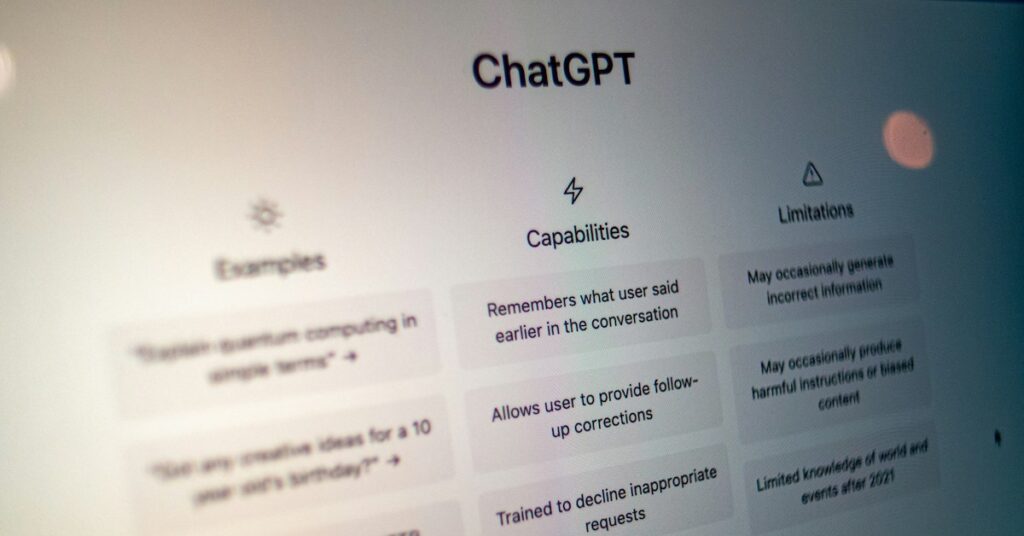
Top 10 Conversion Rate Optimization Best Practices for 2025
By Socius Staff
November 6, 2024
In the ever-evolving world of digital marketing, Conversion Rate Optimization (CRO) is a crucial strategy for maximizing the value of your website traffic. Whether you’re an e-commerce store or a service-based business, CRO helps ensure that more visitors take meaningful actions like making a purchase or filling out a lead form. As we move into 2025, staying on top of best practices will give you a competitive edge. Here are the top 10 CRO best practices you should implement to drive results in the coming year.
1. Optimize Your Landing Pages
Your landing pages are often the first impression visitors have of your brand, making them critical to conversion success. To optimize for CRO, ensure that your landing pages are clear, concise, and focused on one specific message. A strong call-to-action (CTA) that encourages users to take immediate action, such as “Buy Now” or “Get a Free Quote,” should be prominent and easy to locate. Avoid cluttering your page with too much information, and instead focus on guiding the user toward the desired action.
2. A/B Testing
A/B testing, also known as split testing, is vital for making data-driven decisions that improve conversion rates. By testing different versions of your landing pages, CTAs, or headlines, you can identify which elements perform best. When running A/B tests, focus on one variable at a time, whether it’s the color of a button, the placement of a form, or the wording of a headline. This ensures you can pinpoint the exact changes that lead to better performance.
3. Mobile Optimization
With more users accessing websites via mobile devices, optimizing for mobile is no longer optional. A mobile-optimized site ensures that users on smartphones or tablets have a smooth experience, which directly impacts conversions. Prioritize responsive design, easy navigation, and fast loading times on mobile devices. Test your site across various screen sizes to ensure everything, from images to buttons, functions properly.
4. Page Load Speed
Page load speed has a direct impact on conversions. A slow-loading page frustrates users and leads to higher bounce rates. According to studies, a delay of just one second in load time can reduce conversions by up to 7%. To improve speed, consider compressing images, reducing redirects, and using browser caching. Tools like Google’s PageSpeed Insights can help you identify areas for improvement and keep your site loading quickly.
5. User-Centric Design
A user-centric design focuses on enhancing the overall user experience (UX). An intuitive and seamless UX ensures that visitors can easily navigate your site, find what they need, and act without friction. Simplify navigation, ensure buttons and forms are easy to find and use, and prioritize visual hierarchy to guide the user’s eye toward important elements. A well-designed, user-friendly site will naturally lead to higher conversion rates.
6. Simplify Forms
If your conversion goals rely on form submissions, one of the most effective ways to increase completion rates is by simplifying forms. Long or complicated forms can deter users, so aim to ask only for essential information. The fewer fields you require, the more likely users are to complete the form. If additional information is necessary, consider using a multi-step form that breaks the process into manageable steps.
7. Personalization
In 2025, personalization will continue to play a significant role in CRO. Tailored experiences make users feel valued, which can lead to higher engagement and conversions. Use data to personalize content, offers, and recommendations based on user behavior, demographics, or purchase history. For example, displaying recommended products based on past browsing activity or using personalized email campaigns can significantly boost conversion rates.
8. Retargeting
Retargeting allows you to reach out to users who have visited your site but didn’t convert. By using cookies and tracking pixels, you can serve targeted ads to these visitors as they browse other sites or social media platforms. Retargeting keeps your brand top of mind and encourages users to return and complete their desired action, increasing your chances of converting them into customers.
9. Social Proof
Social proof, such as reviews, testimonials, and case studies, can significantly boost trust and conversions. Potential customers are more likely to trust the opinions of other users than marketing messages. Displaying customer reviews or case studies on landing pages helps reduce skepticism and provides reassurance that your product or service delivers results. The more authentic and detailed your social proof, the more effective it will be.
10. Analytics & Data
To continuously improve your CRO efforts, tracking and analyzing data is essential. Tools like Google Analytics, heatmaps, and user recordings can give you valuable insights into how users are interacting with your site. Regularly review metrics such as bounce rate, time on page, and conversion paths to identify areas for optimization. CRO is not a one-time effort but a continuous process of testing, analyzing, and refining.
Learn More About Optimizing Your Website
Conversion Rate Optimization is a dynamic and ongoing process that requires a mix of strategic planning and data-driven decisions. By implementing these top 10 CRO best practices for 2025, you can improve the effectiveness of your website, increase conversions, and ultimately drive more revenue for your business. Ready to take your CRO strategy to the next level? Contact our team at Socius to learn more about how we can help you optimize your site and boost conversions.


